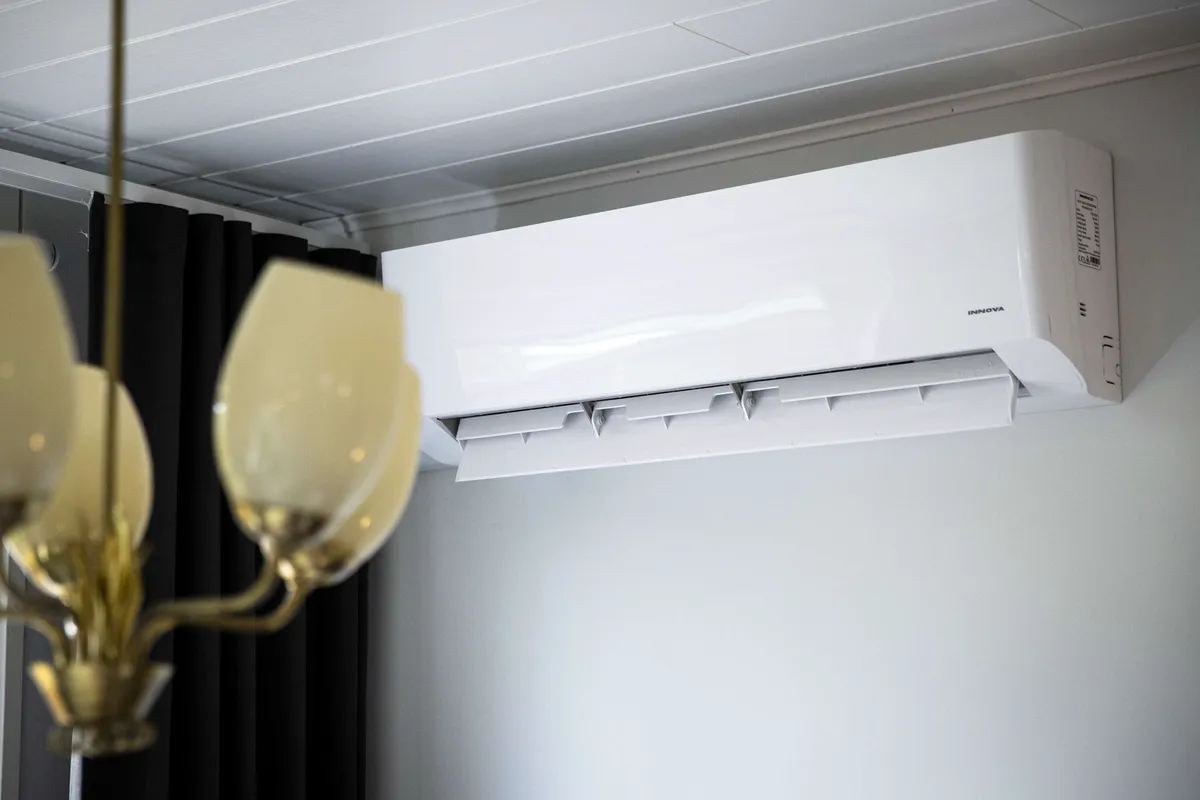Cooling air heat pumps nowadays focus on cooling the air. However, this is not an optimal solution in terms of energy consumption and climate emissions from the use of equipment.
We are now looking for new solutions to the issue by designing the technology that works in the background in a different way. US newspaper Washington Post has interviewed several experts working to innovate the technology used for indoor cooling.
“Current air conditioners have a big blind spot: it’s air humidity,” the project manager Ankit Kalanki of the clean energy think tank Rocky Mountain Institute tells the Washington Post.
Current air conditioners using heat pump technology do not always handle humidity efficiently, which can lead to excessive cooling and wasted energy.
In 2018, the Rocky Mountain Institute launched the Global Cooling Prize competition, which challenged manufacturers to develop climate-friendly air conditioners. China’s Gree and Japan’s Daikin were declared the winners in 2021.
The new prototype devices they developed improve humidity control compared to current cooling air heat pumps. This increases user comfort and reduces energy consumption.
Two heat exchangers inside – up to 75 percent less energy
One innovation developed in the competition is the inclusion of two heat exchangers in the indoor unit of the device. Nowadays, devices have one heat exchanger inside and one outside.
In practice, in new models, both heat exchangers of the indoor unit can act as evaporators in hot air, which allows the air to be cooled gradually, instead of the device having to work at full capacity at the very beginning.
The first heat exchanger cools the air a little, but not so much that moisture condenses. The second heat exchanger takes care of the rest, allowing the device to remove moisture efficiently without cooling too much or wasting energy.
Adding another heat exchanger to the indoor unit would make the device more expensive and physically larger than the current one.
According to the Washington Post, the new device has consumed about 75 percent less energy in test use in India compared to traditional air conditioners, so the more expensive price could pay for itself quickly.
Professor of HVAC technology at Aalto University Risto Kosonen considers the developed basic principle functional in cooling use.
“In a condensing indoor unit, the air is both cooled and dried abundantly. With the help of the new solution, unnecessary drying of the room air is reduced, so that the air that is recycled and returned to the room is not as dry as in the traditional solution,” explains Kosonen.
However, this innovation does not have a significant benefit for the Finns, because in heating use, the second heat exchanger does not bring significant advantages.
“The benefit is greatest in hot and humid climates where cooling is needed,” says Kosonen.
